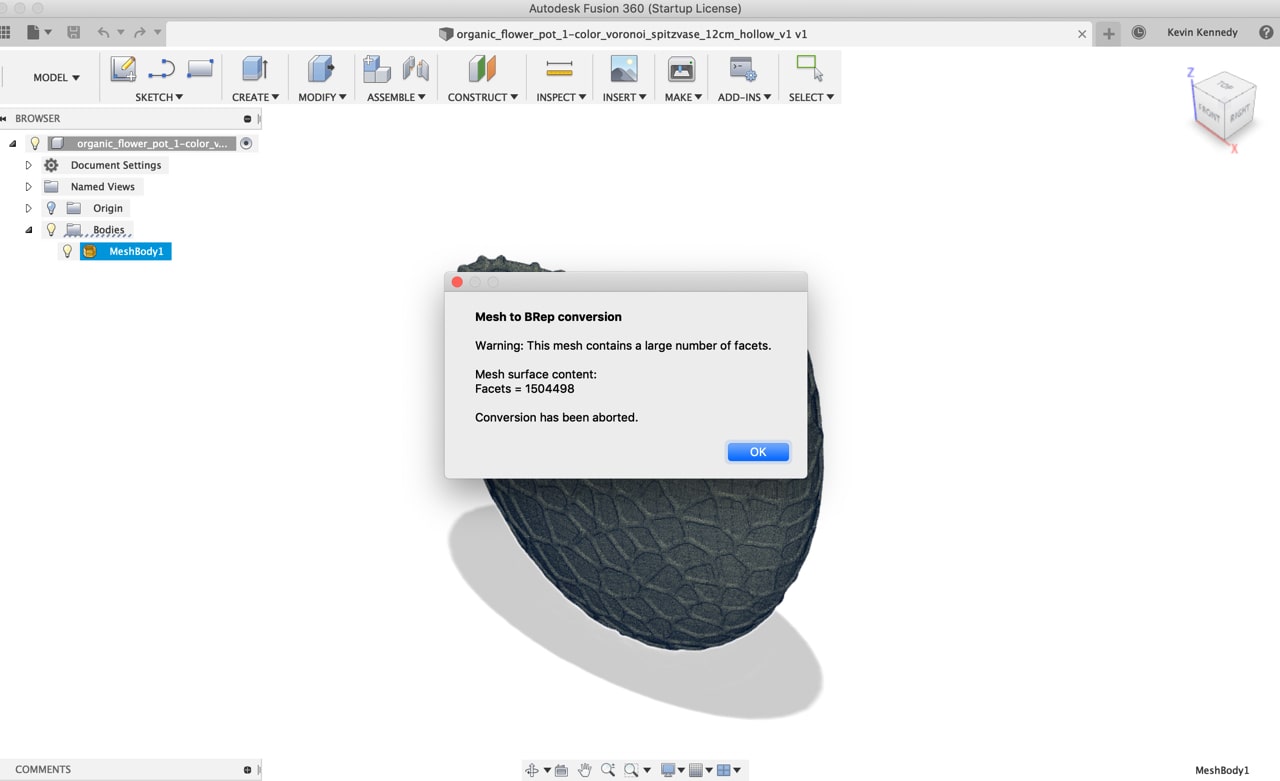

Patients usually stay overnight in the hospital 1-2 nights after this procedure. The fusion rates of 360 fusion are the highest of any method to fuse the spine. This is combined with minimally invasive posterior incisions (usually less than an inch or two in length) to perform a posterior fusion with screws to hold the spine in place. The procedure itself inserts an interbody cage between the vertebra that is filled with synthetic bone graft (the Anterior Lumbar Interbody Fusion procedure). The risks of the procedure are minimal when using an experienced access surgeon and spine surgeon. Using the 360 technique for fusions limits the muscle dissection in the low back compared to other procedures such as the trans-lumbar interbody fusion procedure and thereby is less invasive. Many times the spine is actually closer to the abdomen than it is to the back due to the thickness of the muscle. The access surgeon is responsible for safely maneuvering into the abdomen and exposing the spine. Typically the procedure requires two surgeons to perform – one who is an “anterior access” surgeon and the other is the spinal surgeon. The procedure is safe and is minimally invasive, especially in the skinny patient population. 360 fusion is considered one of the more successful methods however. There are a wide variety of methods to fuse the lumbar spine.

The goal of the procedure is to stop abnormal motion at the involved level of the spine which is producing the pain symptoms. The procedure is an extremely common method for fusing the lumbar spine in which there is an incision anterior in the abdominal area and incisions posterior in the lumbar or low back region. Degenerative Disc Disease (Spondylosis)ģ60 degree lumbar fusion is also known as an Anterior/Posterior Lumbar fusion.ULTRA Minimally Invasive – Endoscopic Spine Surgery.Artificial Disc Replacement Technologies.


 0 kommentar(er)
0 kommentar(er)
